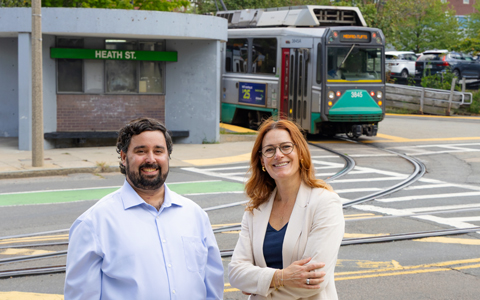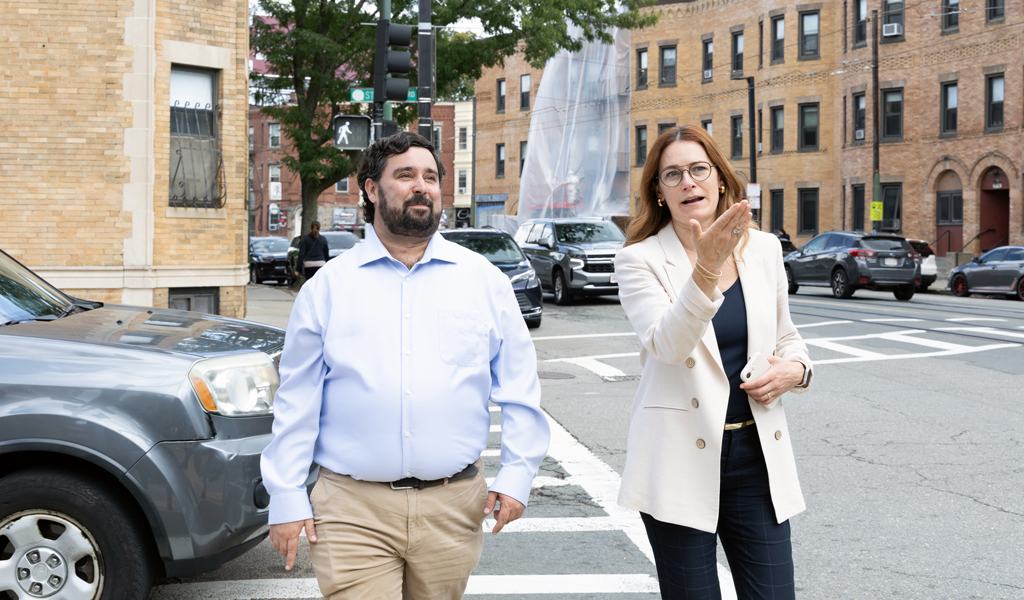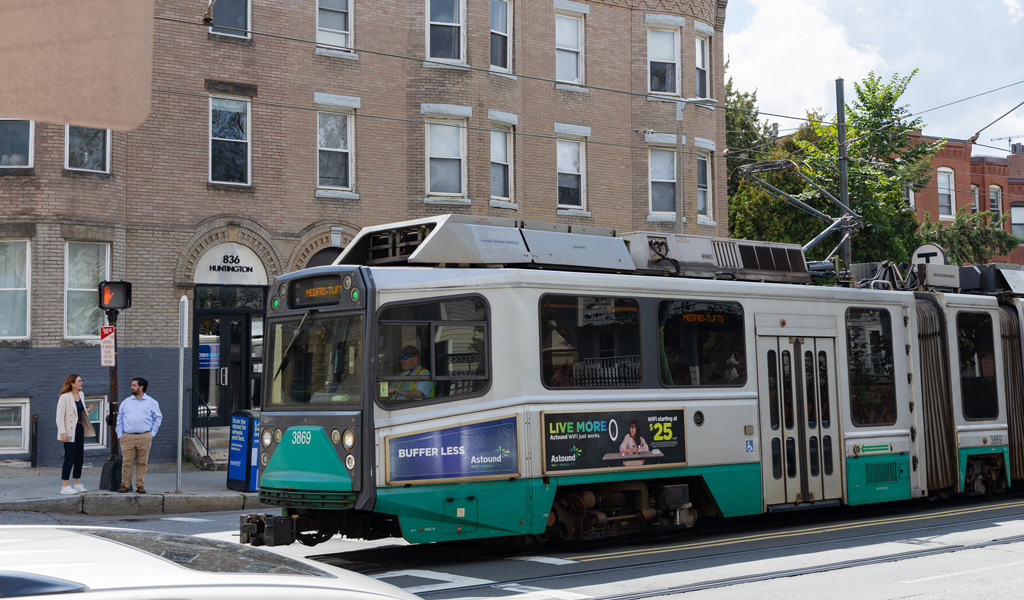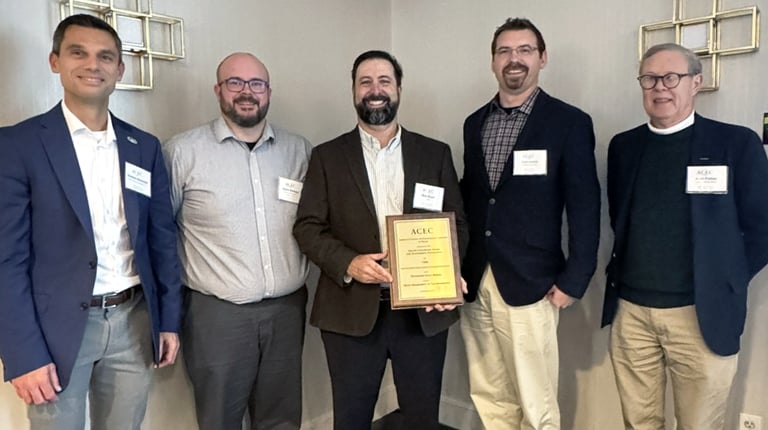
As technology advances and systems become more resourceful with their funding, public transportation agencies are evolving in the way they do business. Sharing their thoughts on what lies ahead for the industry, New England Managing Director, Transit & Rail Natasha Velickovic and Director of Engineering Tim Rusteika highlight their takeaways from the recent APTA TRANSform Conference in Boston. This annual event attracts more than 3,000 public transportation industry leaders, policymakers, and innovators who are shaping the future of public transit.
MBTA’s Trailblazing Modernization Efforts
As the conference's host, the Massachusetts Bay Transportation Authority (MBTA) was a prominent topic of conversation, from their pioneering role as the nation’s first public transit system to their current innovative modernization efforts. In particular, the MBTA’s 2024 accelerated Track Improvement Program (TIP) was spotlighted as a groundbreaking initiative that allowed the MBTA to deliver an unprecedented amount of deferred track maintenance backlog with limited disruptions to riders. The ambitious program compressed 40 years of work into just 18 months—advancing infrastructure improvements, rebuilding public trust, and transforming how teams plan, communicate, and deliver.
VHB played a significant role in the TIP’s implementation. Partnering with the MBTA to organize the program, VHB:
- Produced a Right of Way (ROW) Work Zone Toolkit that summarizes the potential diversion work zones considering power limits, crossover locations, train storage locations, hi-rail equipment access points, and alternative service considerations to facilitate efficient planning of future ROW access and service suspensions;
- Prioritized infrastructure upgrades to support more efficient ROW access and improve rail operations flexibility for future service suspensions; and
- Evaluated opportunities for single tracking to improve operational flexibility during diversions.
VHB is proud to be at the foundation of the TIP, which can serve as a blueprint for transit system improvements across the country.

The Way Forward for Transportation Funding
The availability of funding remains a top concern for transit agencies, with numerous state agencies and municipalities facing unprecedented challenges in advancing critical infrastructure projects and continuing to meet annual operating budgets. With recent changes to how infrastructure funding is approached, the Federal Transit Administration (FTA) will continue to advance projects that demonstrate strong economic growth, job creation, and technological advancement as well as making systems safer for all customers. Agencies will need to respond to the focuses of the new administration in upcoming grant pursuits.
VHB has a demonstrated history of securing federal grant funds, giving our clients a competitive edge in their applications to better position their projects for success. Since 2023, VHB has secured more than $315 million in grant funding for clients, including more than $185 million of United States Department of Transportation (USDOT) RAISE grant funding for New England clients. We have helped numerous agencies as well as Amtrak in securing grant funds for important transportation initiatives.
Driving Economic Growth
Public transportation is a key driver of economic activity in communities of all sizes, connecting people to work, retail, healthcare, and entertainment opportunities. The conference highlighted how public transit systems have consistently supported economic growth and contributed to their region’s vitality, emphasizing the need for continuous investment in public transportation systems across the nation.
As an example, our team proudly supported the MBTA and the Massachusetts Department of Transportation (MassDOT) on the South Coast Rail project, delivering both enhanced transportation options and significant economic vitality to the area. The expansion project sought to drive economic growth by creating connections between job opportunities around Boston with more affordable housing options in the South Coast Region—and the results are already tangible, as evidenced by an uptick in home sales in the months after passenger service began on the new lines.
Planning for the MBTA of the Future
With stabilization and modernization efforts well underway, MBTA leaders—along with the Boston Region Metropolitan Planning Organization (MPO)—are setting their sights on the future. Their forward-looking plan centers on enhancing service, expanding connectivity, and preparing a skilled workforce to meet evolving transportation needs.
Guided by clear service standards, the vision prioritizes the rider experience and outlines tangible steps to boost ridership across all modes of travel. Key objectives include:
- Frequent, reliable service available throughout the day
- Real-time travel updates and consistent passenger communication
- Timely and appropriate maintenance to minimize disruptions
The overarching goal: position public transit as the top choice for travel in Greater Boston—offering convenience, efficiency, and accessibility.
VHB is a trusted partner in turning this vision into reality. For example, through the Green Line Core Capacity program, we are helping the MBTA modernize infrastructure to accommodate new, larger Type 10 vehicles with improved accessibility and greater passenger capacity. These upgrades will not only optimize efficiency and reliability but also set the foundation for sustained growth in ridership.

Learn how VHB helps translate transit vision to reality, from funding to design and permitting, to construction planning and operations.


